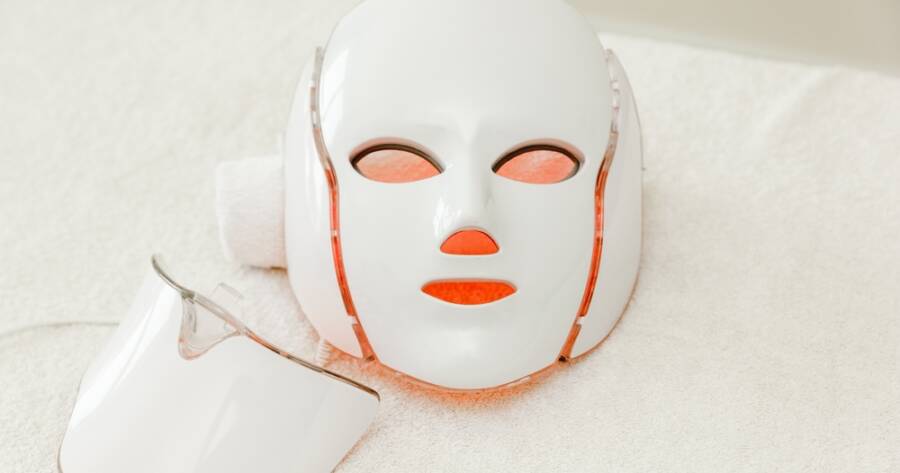Red light therapy (RLT) devices have surged in popularity as effective tools for addressing various skin concerns, from acne to aging. These at-home solutions provide a convenient alternative to clinical treatments, offering options tailored to individual needs. By examining device features, safety, and potential benefits, the evolving landscape of RLT invites deeper exploration into its role in skincare.
The Rise of Red Light Therapy Devices
Red light therapy (RLT) has garnered significant attention as a non-invasive treatment for various skin concerns, including acne, wrinkles, and inflammation. The treatment employs low wavelengths of red light to penetrate the skin and stimulate cellular function which may help skin regeneration. Originally studied by NASA for applications in plant growth and wound healing, RLT is now being explored for its dermatological benefits, boasting potential improvements in skin texture and the promotion of collagen, according to Borealis Dermatology.
Benefits of At-Home Red Light Devices
The convenience of at-home red light therapy devices allows users to bypass lengthy visits to a dermatologist, making it easier to incorporate treatments into daily routines. These devices vary in form, including masks, wands, and panels offering flexibility in applications. Many are FDA-cleared, providing a sense of security over their safety and performance, even though they’re less powerful than clinical devices. This availability has made RLT an accessible option for enhancing skin health from the comfort of one’s own home.
Understanding Device Features and Selection
In choosing the right at-home red light therapy device, it is essential to consider specific skincare goals. Devices with red LED lights target anti-aging concerns, while blue LEDs focus on acne treatments and some multi-purpose devices offer various wavelengths for broader use. Features such as adjustable intensities and safety timers enhance usability and ensure a tailored approach to treatments. It’s also recommended to research high-quality brands that consumers have positively reviewed.
The Safety and Efficacy of Red Light Therapy
When used according to guidelines, RLT is generally safe and gentle on the skin. However, users are advised to follow manufacturer instructions closely, protecting their eyes during treatments and starting with lower intensity sessions to avoid potential skin irritation. Existing research shows promise, but the effectiveness of RLT varies, with experts calling for more comprehensive studies to fully understand its benefits. Consistency is key in ensuring visible improvements over time.
Considerations for Red Light Therapy Investment
While some high-end red light devices can be costly, there are budget-friendly options available on the market, ranging from as low as $100 to several thousands of dollars. It’s crucial to assess one’s needs and device specifications to make an informed purchase decision, as highlighted in product assessments. The lack of insurance coverage for RLT treatments currently increases the importance of selecting the right device for personal use to manage potential out-of-pocket costs.
Why You Should Learn More About RLT Today
Red light therapy devices continue to evolve, offering significant potential for enhancing skin health and beauty routines. As technology advances and more devices enter the market, consumers have an array of options to choose from to meet their individual needs. While further research is required to ascertain long-term benefits conclusively, the immediate availability and non-invasive nature of these devices make them an attractive choice for many. Exploring this treatment might reveal a simple yet effective addition to your skincare regimen.Whether looking to boost collagen production or ease skin conditions, understanding the capabilities and limitations of RLT is crucial for a well-rounded approach to skin care.
Sources
Overview of at-home red light therapy
Considerations for selecting RLT devices

